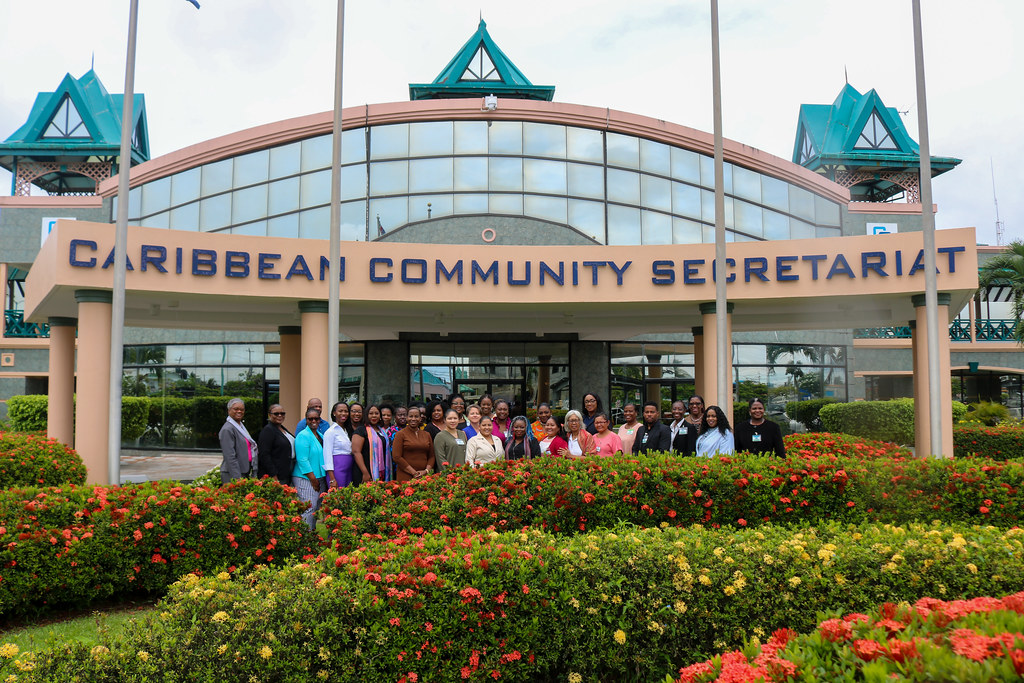U.N. seeks global experts to advise on Artificial Intelligence
New York, August 8 – The United Nations has issued a call for nominations of global experts who can advise on the fast-paced development and application of AI technology. It said the call for nominations is open until August 31, 2023. Nominations and self-nominations can be submitted via this link.
Prior to seeking advisers on AI, the U.N. announced on August 3 the creation of a Scientific Advisory Board for Independent Advice on Breakthroughs in Science and Technology. See story below.
Following is the call for AI nominations.
U.N. Opens Call for Nominations to Global Advisory Body on Artificial Intelligence
Convened by the U.N. Secretary-General, the multi-stakeholder High-Level Advisory Body on Artificial Intelligence will undertake analysis and advance recommendations for the international governance of artificial intelligence (AI), and report back on the options for global AI governance by the end of 2023.
To avail of the widest possible pool of talent, the UN has now opened a public call for nominations of experts to serve on this body in their personal capacity.
UN Secretary-General’s Envoy on Technology, Dr. Amandeep Singh Gill said “We need to bring global interdisciplinary expertise together on AI to make sure it is aligned with the UN Charter, human rights, rule of law, and the common good. The multi-stakeholder Advisory Body is a unique opportunity to get started in the United Nations’ inclusive and universal setting”.
Nominated experts should have leading and relevant expertise among the broad range of fields relevant to the governance of AI or domain of its application.
The call for nominations is open until 31 August 2023. Nominations and self-nominations can be submitted via this link.
U.N. Secretary-General Creates Scientific Advisory Board for Independent Advice on Breakthroughs in Science and Technology
New York, 03 Aug 2023 – The United Nations Secretary-General António Guterres announced the creation of a new Scientific Advisory Board to advise UN leaders on breakthroughs in science and technology and how to harness the benefits of these advances and mitigate potential risks.
“Scientific and technological progress can support efforts to achieve the Sustainable Development Goals – but they are also giving rise to ethical, legal and political concerns that require multilateral solutions.” Mr. Guterres said.
“My Scientific Advisory Board will strengthen the role of the United Nations as a reliable source of data and evidence, and provide advice to me and my senior management team.”
The Advisory Board will comprise seven eminent scholars alongside the Chief Scientists of UN System entities, the Secretary-General’s Envoy on Technology, and the Rector of the United Nations University. The Board will be associated with a network of diverse scientific institutions from across the world.
“The Secretary-General’s decision to establish a Scientific Advisory Board underscores the unwavering dedication of UN leaders to the principles of the scientific method. I look forward to supporting the UN Secretary-General in raising the voice for science-based policy and decision-making,” expressed Professor Yoshua Bengio, Scientific Director of Mila – Quebec AI Institute and Professor at the Université de Montréal.
The primary objective of the Board is to provide independent insights on trends at the intersection of science, technology, ethics, governance, and sustainable development. Through their collaborative efforts, the Board and its Network will support UN leaders in anticipating, adapting to, and leveraging the latest scientific advancements in their work for people, planet, and prosperity.
“By ensuring that UN policies and programs are founded on the best available scientific evidence and expertise, the Board will play a crucial role in navigating the complex moral, social, and political dilemmas presented by rapid scientific and technological progress.”, said Ms. Ismahane Elouafi, Chief Scientist at the Food and Agriculture Organization.
With the formation of the Scientific Advisory Board, the United Nations takes a momentous stride towards better bridging science and policy. This initiative marks a vital step towards embracing the full potential of science and technology for the collective benefit of all Member States. Through collaborative efforts and inclusive representation, the Board will bolster the UN’s capacity to address the intricate challenges and opportunities at the forefront of science and technology, fostering a path towards a more equitable and prosperous future for all.
Scientific Advisory Board’s Design and Membership:
External: -Prof. Yoshua Bengio, A.M. Turing Awardee, Scientific Director of Mila- Quebec Al Institute, Full Professor, Department of Computer Science and Operations Research (DIRO) Université de Montréal.
-Prof. Sandra Diaz, Senior Principal Investigator CONICET and Professor of Ecology Universidad Nacional de Córdoba, Argentina.
-Prof. Saleemul Huq, Director International Centre for Climate Change and Development, Independent University Bangladesh.
-Prof. Fel-Fei Li, Sequoia Professor of Computer Science, Stanford University, -Denning Family Co-Director, Stanford Institute for Human- Centered AI (HAI), Stanford University.
-Prof. Alan Lightman, Professor of the Practice of the Humanities, Massachusetts Institute of Technology.
-Prof. Thuli Madonsela, Professor of Law, Stellenbosch University Prof. Thomas C. Südhof, Nobel Laureate, Professor, Department of Molecular and Cellular Physiology, Stanford University School of Medicine
Internal: Chief Scientists from Food and Agriculture Organization (FAO), U.N. Environment Programme (UNEP), United Nations Educational, Scientific and Cultural Organisation (UNESCO), World Health Organization (WHO), and World Meteorological Organization (WMO) Secretary-General’s Envoy on Technology. Rector, United Nations University.
United Nations correspondent journalists – United Nations correspondent journalists – United Nations correspondent journalists – United Nations journalism articles – United Nations journalism articles – United Nations journalism articles – United Nations News – United Nations News – United Nations News
U.N. seeks global experts to advise on Artificial Intelligence Read More »










